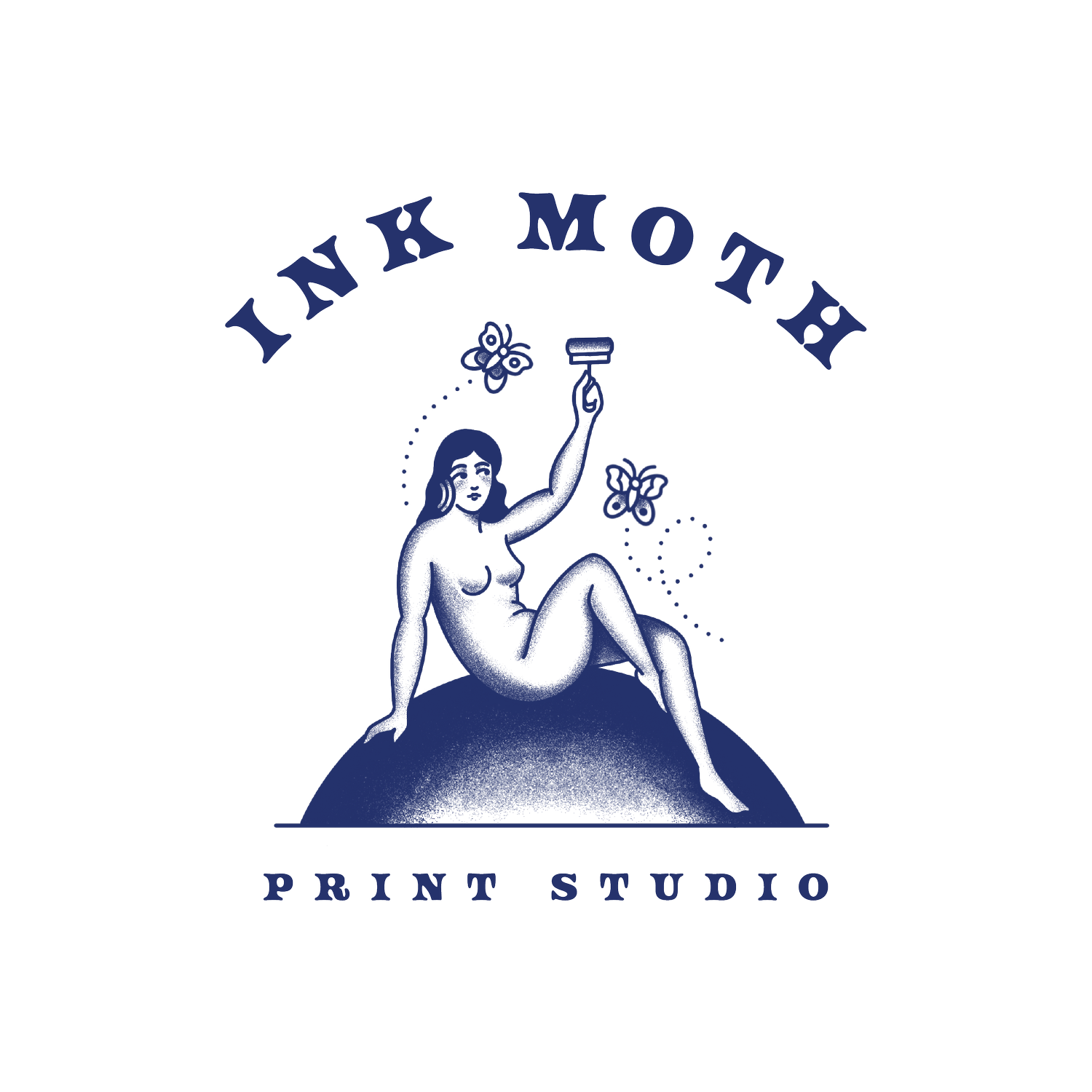The Rest is Silence
Review of solo exhibition
12-26 October 2018, CAN, Napier
By Michael Hawksworth and Bridie Freeman
Originally published on ‘The Hook’
Lisa Feyen is a Hawke’s Bay print-maker utterly committed to her medium. I’d love to see her studio. It must be the richest clutter of equipment, presses, materials and found objects if the complex multiple-media chemistry of the finished work in her current show The Rest is Silence at Creative Arts Napier is anything to go by. To view her work is to enter a world of marks and ghosts, texts and layers, traceries and imprints.
The core of each image is a photograph, a posed, presentation of a person who once existed, whose once insignificant moment in front of someone with a camera (possibly 1947, maybe in June, a Thursday, perhaps just after morning tea in town with Mum, just as it looked like it might rain) has outlasted her and cast an oddly durable phantom forward to misplace her into a new and strange time. Feyen scours second-hand shops for these deracinated souls, trapped in their moments by the interactions of chemicals and light. As much as we tend to see these vintage photographs as broadly symbolic of ‘those old days’ and smile at their subject’s respectful address of the lens, it is possible to look more closely and to wonder about the personality that technology has transported here: Who are you? What did see? What are you asking me? By way of essaying a response to these questions, Feyen reprints, reframes, and even renames these figures. Although the artist finds it difficult to know exactly why she tends to light on photos from the early to mid-modern era, she readily admits that nostalgia plays a part.
Short circuiting that nostalgia, and so amplifying the pathos of these displaced individuals, is a tangled wiring of text and diagram that scrawls over and around them, that to an extent enmeshes them in a chattering code that we naturally associate with our own saturated time. The obsessive drives to communicate, to map, to comment, to classify, to anatomise, channelled by Feyen’s confident drawing, over-run the pale ghosts of the past, as if an endless rewriting and reconstruction of cultural and familial memory were inevitable.
If there’s one work here, though that distinguishes itself in formal ambition and theme from the others in the show, its “My Body as an “O””. This complex floor piece utilises found pianola punch cards mounted on 12 aluminium plates, which are tilted to create a concertina-fold form. The lines of Morse code–like perforations in the cards allow the polished sliver of the plates to shine through creating a highly techno aesthetic from obsolete means. One is reminded that these punch card systems, used also in the looms of the textile industry, invented by Joseph Marie Jacquard in 1801, were the precursors to today’s computer programmes. Moreover, the work’s tough, gestural layer of drawing provides just the right kind of visual tension with the rigid formality of the plates. It is only very gradually, that one becomes aware that these marks are subtly forming the curled-up body of a woman.


